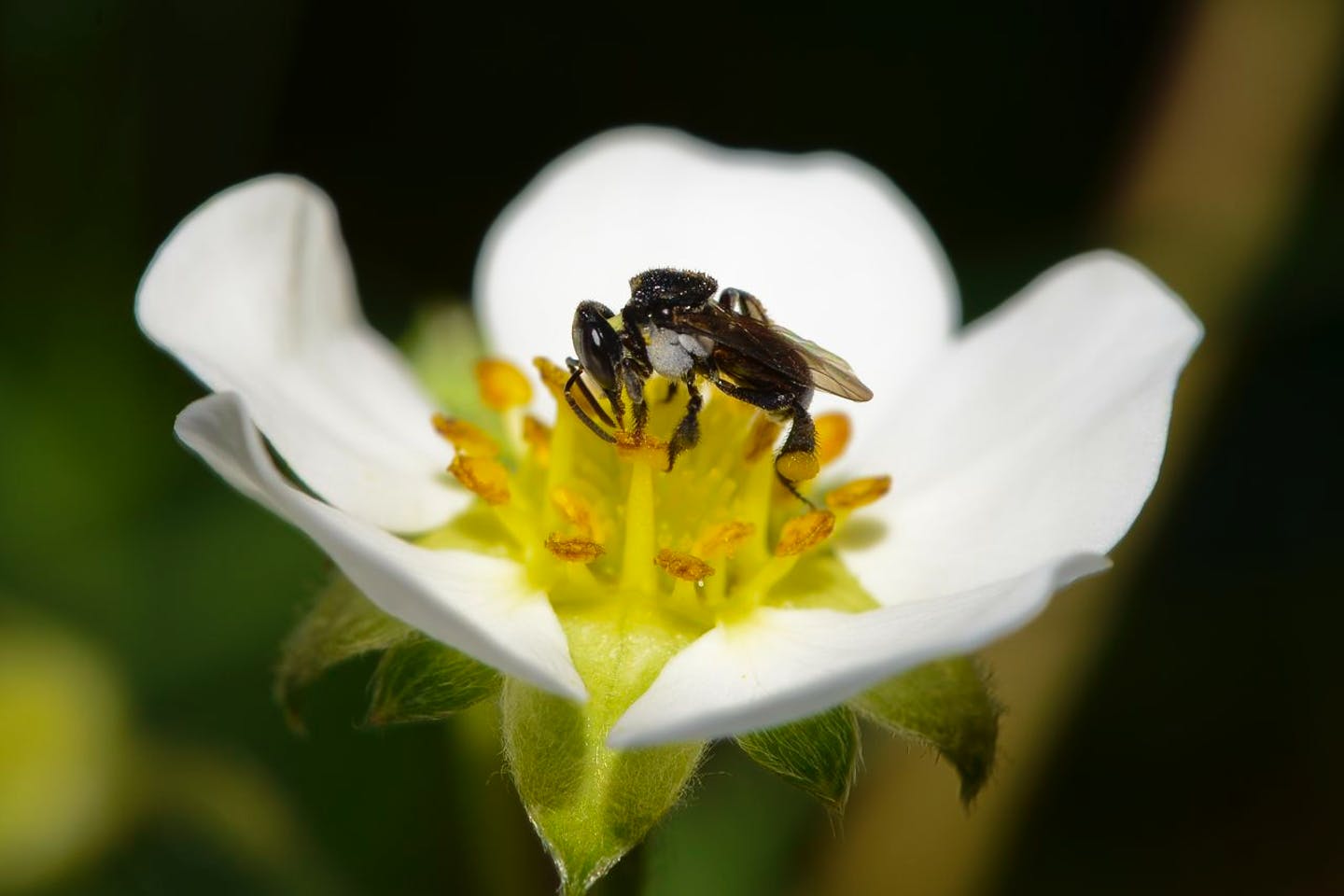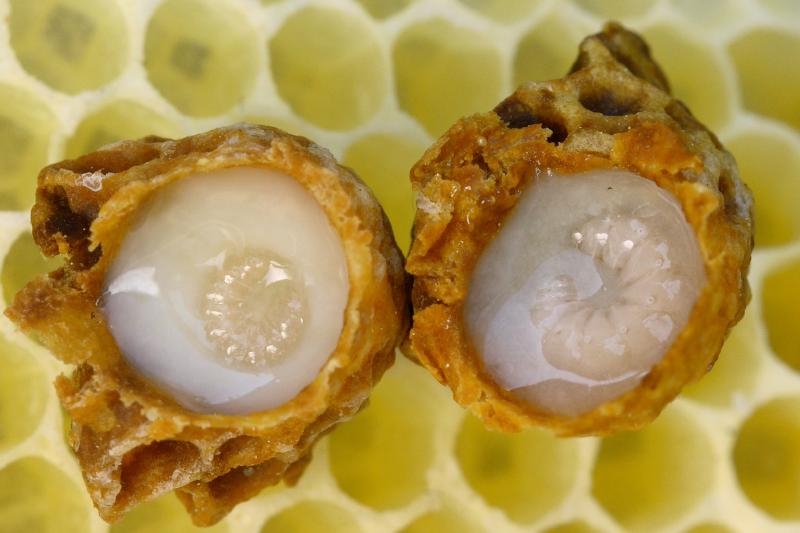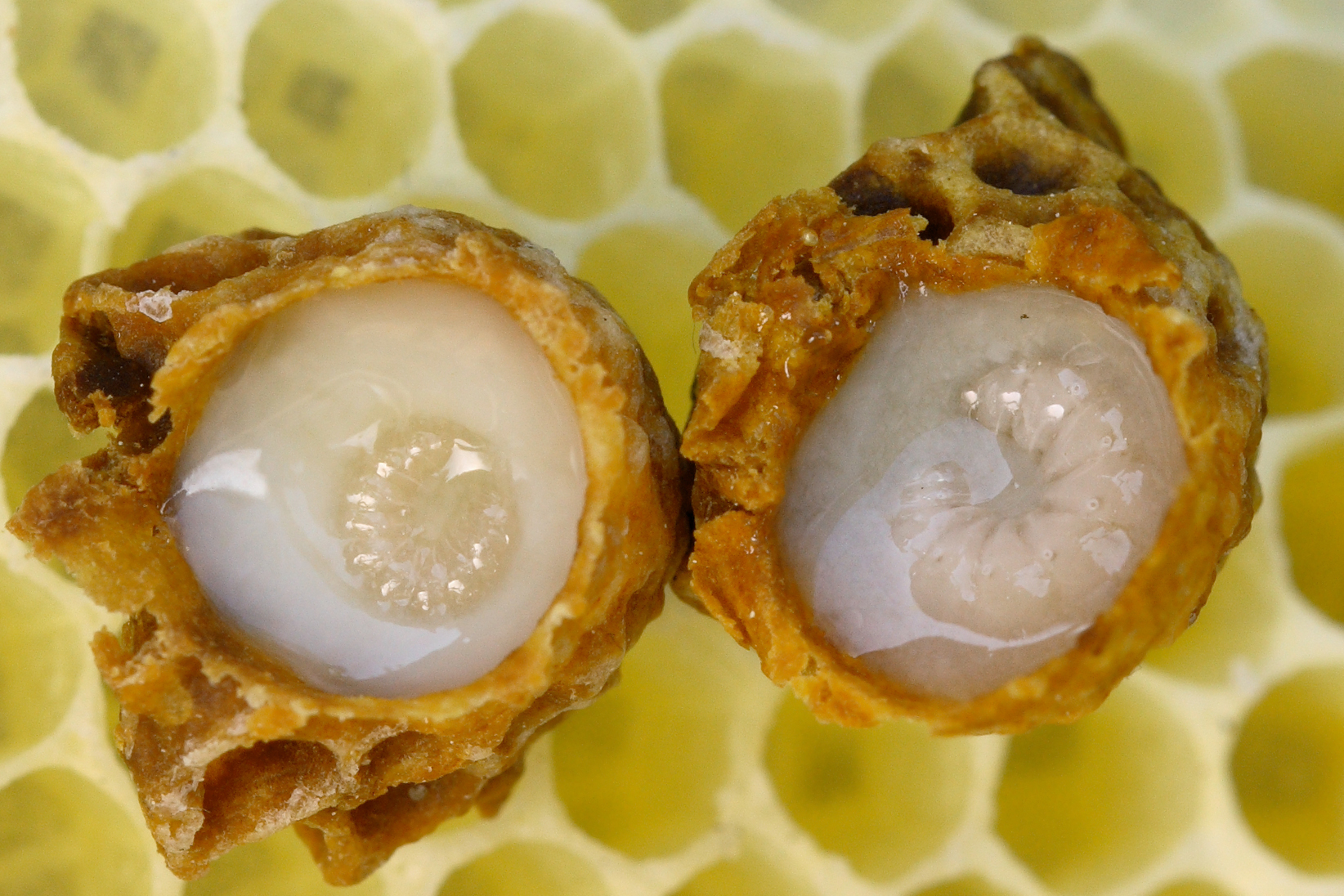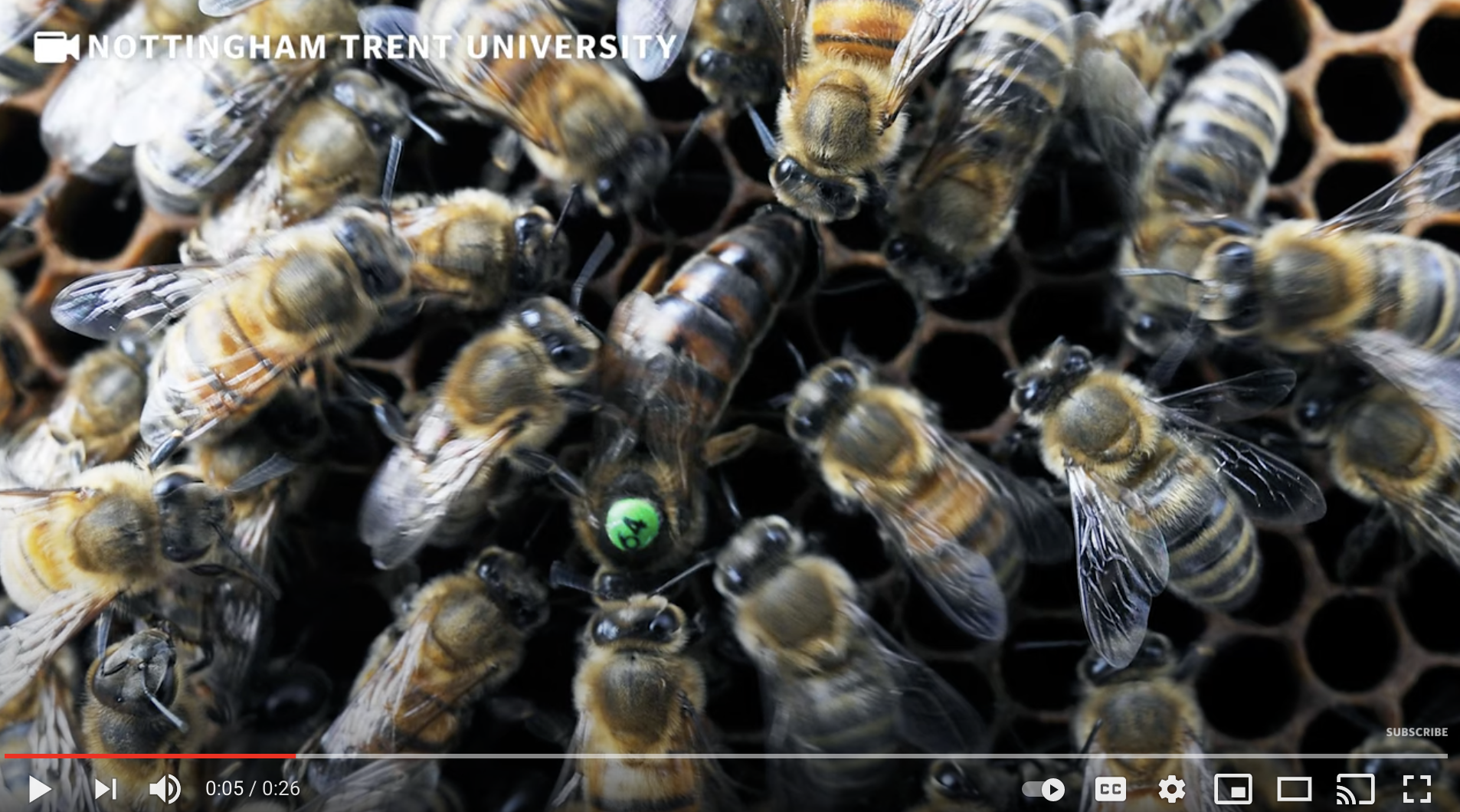Hello and welcome to you Daily Fun Fact From Flora ,
What we are going to have a look at today is policing and conflict resolution in the eusocial insects (these are your bees, wasps, ants and termites). Pretty epic stuff.
We had a look last week at what ants do when an infection enters their colony (it wasn’t pretty) so imagine what it’s like when colony members start misbehaving !!

Well in these colonies what you tend to have is one reproducing female (the (yassss) Queen ) who has all the babies and lays all the eggs. This means that there is a lot of competition around who gets to be Queen.
I mean evolutionarily speaking it’s kind of hitting the jackpot isn’t it? You get to sit around and have people bring you food and look after your children as you have as much sex as possibleand produce SO MANY OFFSPRING (up to 2,000 PER DAY ).
Not a bad life.
Some colonies have sussed this conflict out pretty well. Let’s take a look at honeybees.
Honeybees will have one queen at a time but it is the workers who decide which larvae become workers and which become queens. They do this by making special Queen cells that are maintained by workers and it is only the individuals raised in these cells that can become queen. They also get fed royal jelly which is what allows them to grow much larger than worker bees and live much longer (and I mean MUCH longer — if our royal family did the same we"d still be under the reign of Queen Elizabeth I ).
Here are some queen larvae floating on their royal jelly.
Now these queens develop and the first queen that emerges starts making noises. She “toots” to let the other workers know that she is alive and healthy.
The other queens that are still inside their queen cells will start “quacking” in response, but the other workers won’t let them out until the first queen is dead or if there is a swarm.
And I say “tooting” and “quacking” — you’re probably thinking this is all nonsense. Nope. You can literally hear it. Please click the photo below and enjoy for yourself.
ISN"T THAT MENTAL.
It makes me chuckle every time.
Now that’s the example of how to do it right sadly not all colonies have it quite so sussed.
In the stingless bee, it’s the larva themselves that get to determine whether they become queens or workers. This means that even though it is SUPER UNLIKELY you will become queen (remember there is only one) a lot of workers will have a go just in case because the evolutionary pay-offs are so huge.
This means that TWENTY PERCENT of larvae try and have a go at being queen. That is A LOT of bees.

But sadly, the other workers don’t want more queens. They want more workers ! (the more I learn the more I realise that bees are just communists )
AND SO — do you know what they do instead? They decapitate the queens they don’t want.
Firstly, the scientists involved were very pleased because they finally figured out why there was a
massive pile of heads in the middle of the colony but SECONDLY it is totally bizarre that this is a stable strategy for these bees.
THEY LITERALLY DECAPITATE 20% OF THEIR POPULATION
Wat.

Bees. Explain.
Hope you enjoyed today’s fact.
Try not to decapitate anyone.
Love to you,
Flora xx


